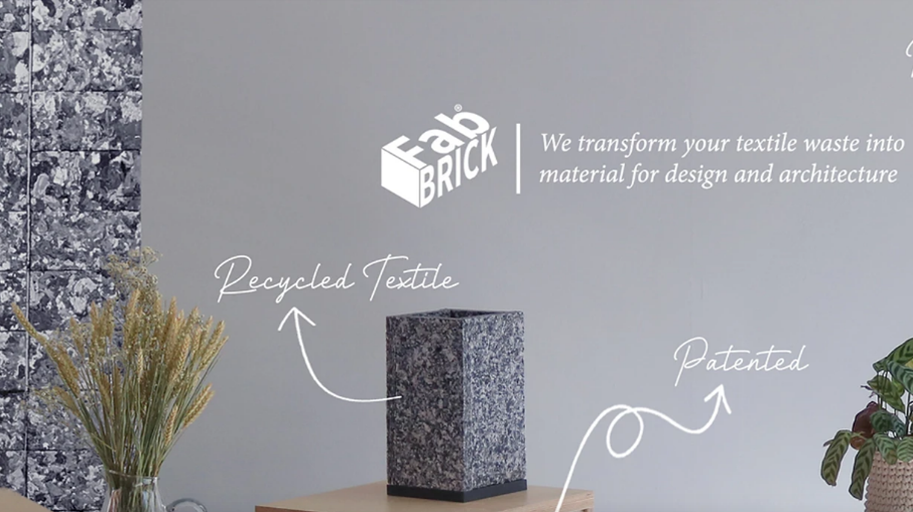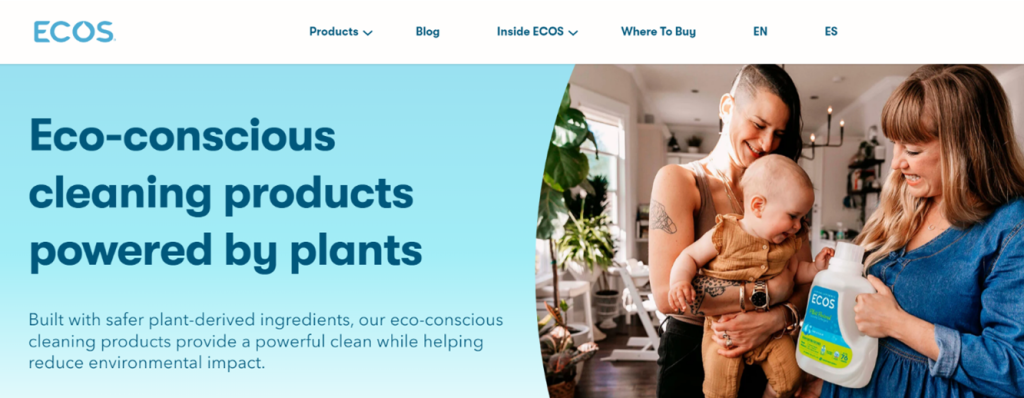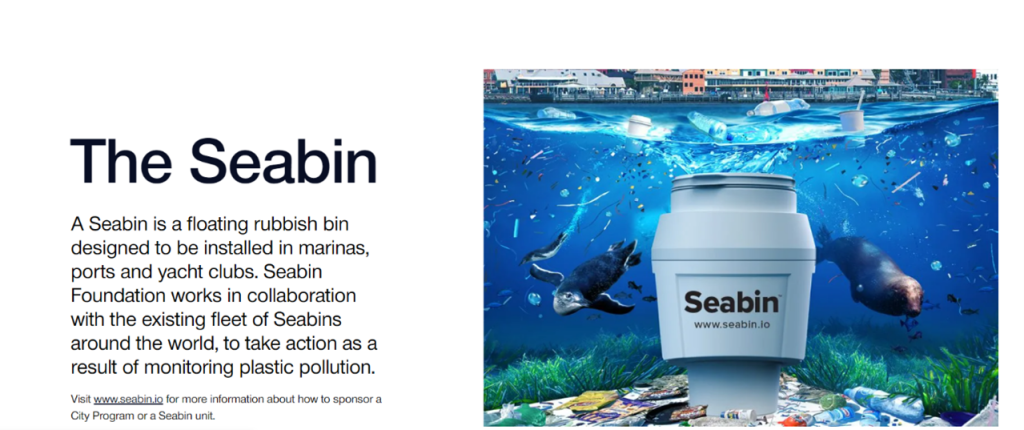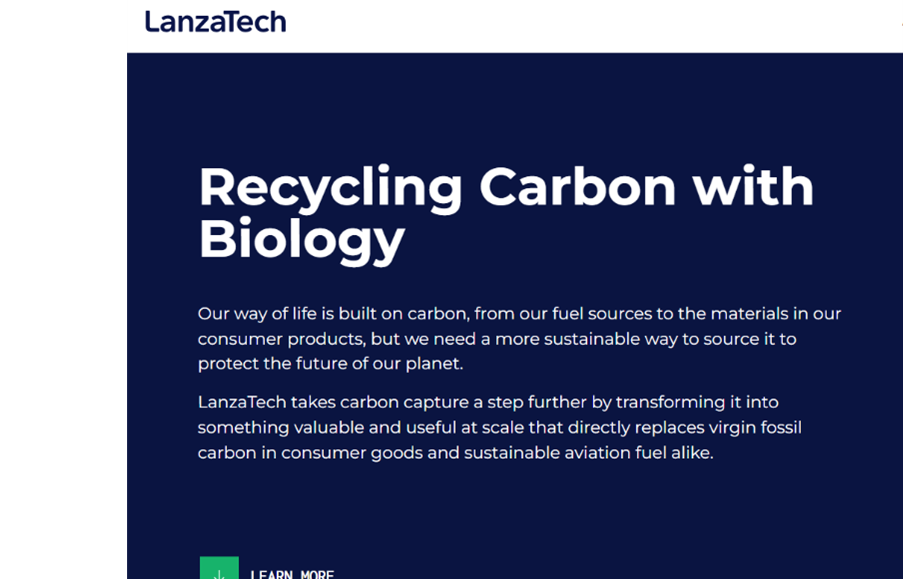10 Top Eco-Friendly Innovations & Best Practices
As environmental challenges continue to escalate, innovative businesses and industries are leading the way in addressing issues like waste, pollution, and resource depletion. These companies not only contribute to the fight against environmental degradation but also provide scalable solutions that can be replicated globally. Here’s a look at ten eco-friendly innovations that stand out as best practices for a sustainable future
FabBRICKS: Turning Textile Waste into Building Materials
FabBRICKS, a French company, exemplifies how creativity and environmental consciousness can lead to innovation. By transforming textile waste into eco-friendly bricks, FabBRICKS helps reduce waste from the fashion industry. These versatile bricks come in different shapes and colors, making them suitable for various building projects, from home interiors to public spaces. This practice addresses both the need for sustainable construction materials and the mounting issue of textile waste.
Bio-based Packaging by Evoware
In a world increasingly conscious of plastic waste, Evoware is making waves with its biodegradable packaging made from seaweed. The innovative packaging is not only eco-friendly but also edible and nutrient-rich. It decomposes quickly, offering a sustainable solution to single-use plastics in food and product packaging.
Ecoalf: Sustainable Fashion from Recycled Materials
Ecoalf, a Spanish company, has revolutionized the fashion industry by creating high-quality apparel from recycled materials, including plastic bottles, discarded fishing nets, and old tires. Their products are not only stylish but also sustainable, setting a benchmark for environmentally responsible fashion. By using waste as raw material, Ecoalf reduces pollution and promotes circular economy principles.
Ecovative: Mushroom-Based Materials
Ecovative is an innovative company producing sustainable materials using mycelium, the root structure of mushrooms. Their product lines include eco-friendly alternatives to Styrofoam and leather, providing biodegradable packaging and textiles. Ecovative’s mushroom-based materials offer a sustainable alternative to petroleum-based products, reducing both waste and resource consumption.
Aquafil – Regenerating Nylon Waste
- Innovation: Aquafil, an Italian company, developed a process to regenerate nylon waste into ECONYL® yarn. This process transforms waste like fishing nets, fabric scraps, and industrial plastic into high-quality nylon for new clothing, carpets, and more.
- Impact: Reduces plastic waste and cuts the need for new raw materials by regenerating waste into valuable products.
UBQ Materials – Waste-to-Resource Transformation
- Innovation: UBQ Materials, based in Israel, converts unsorted household waste (like food, paper, and plastic) into a new material that can be used in the production of durable goods like furniture and automotive parts.
- Impact: Diverts large amounts of waste from landfills and reduces the demand for virgin plastics.
ECOS – Plant-Based Cleaning Products
Vertical Farming by AeroFarms
- With global food demand on the rise, AeroFarms has introduced vertical farming as a sustainable solution to food production. By using up to 95% less water than traditional farming methods, this technique can be implemented in urban environments, reducing the carbon footprint associated with transporting food from rural farms to cities. AeroFarms uses advanced technology to optimize plant growth, allowing for year-round, pesticide-free crop production.
Seabin Project: Cleaning the Oceans
The Seabin Project tackles ocean pollution by developing floating devices that collect marine debris, including plastic and oil. Installed in marinas, harbors, and waterfronts worldwide, Seabins help clean the oceans by filtering out pollutants from the water. This innovation provides a scalable way to address the vast amounts of waste in the world’s oceans, improving marine ecosystems.
LanzaTech – Carbon Recycling Technology
- Innovation: LanzaTech converts industrial carbon emissions (from factories and steel mills) into ethanol, which can be used for creating sustainable aviation fuel, plastics, and household cleaners.
- Impact: Reduces carbon emissions and supports the circular economy by transforming pollution into reusable resources.
Conclusion: Replicating Eco-Friendly Innovations Globally
The companies and innovations listed above are just a few examples of the many ways industries are stepping up to tackle environmental challenges. From creating sustainable building materials to developing biodegradable alternatives to plastic, these innovations are reshaping how we think about production, waste, and energy use.
By adopting and/or replicating these best practices worldwide, we can significantly mitigate the threats posed by climate change, resource depletion, and pollution. Governments, businesses, and individuals alike must embrace and support these eco-friendly innovations to ensure a sustainable and healthier future for all.
These success stories serve as a reminder that sustainable development is not only possible but also profitable and impactful. As more industries adopt environmentally conscious practices, the shift toward a greener global economy becomes an achievable reality.
Tony Redman










